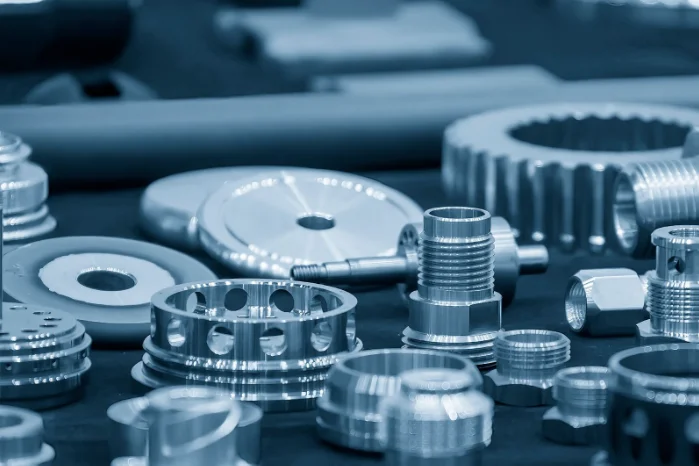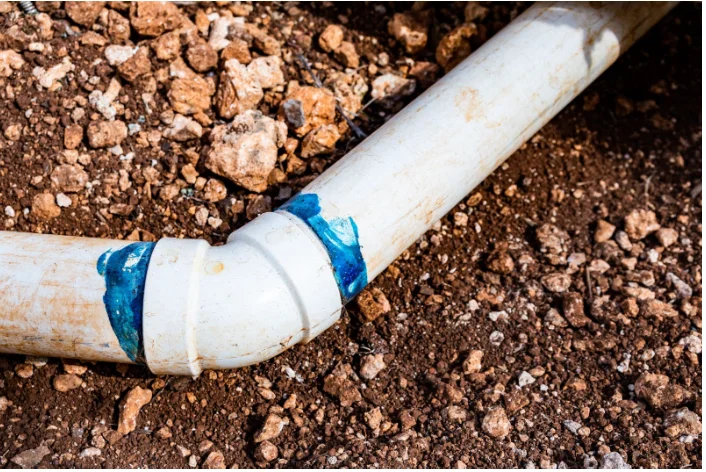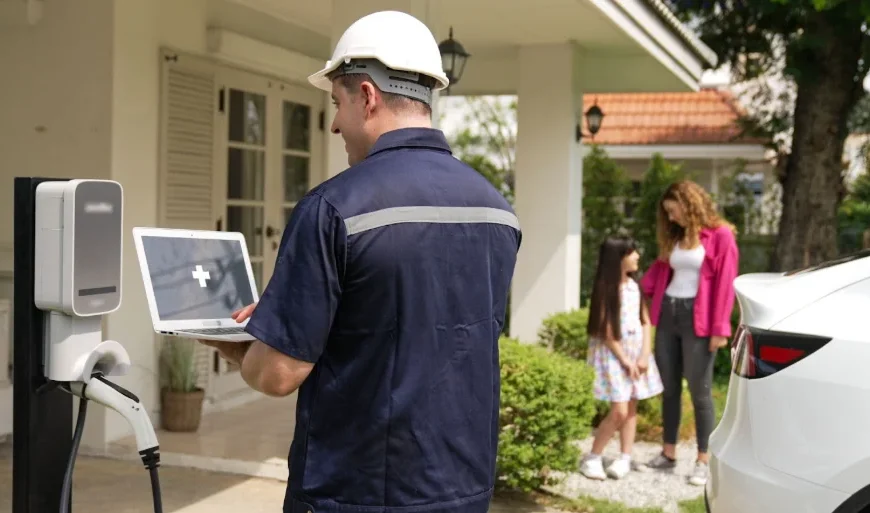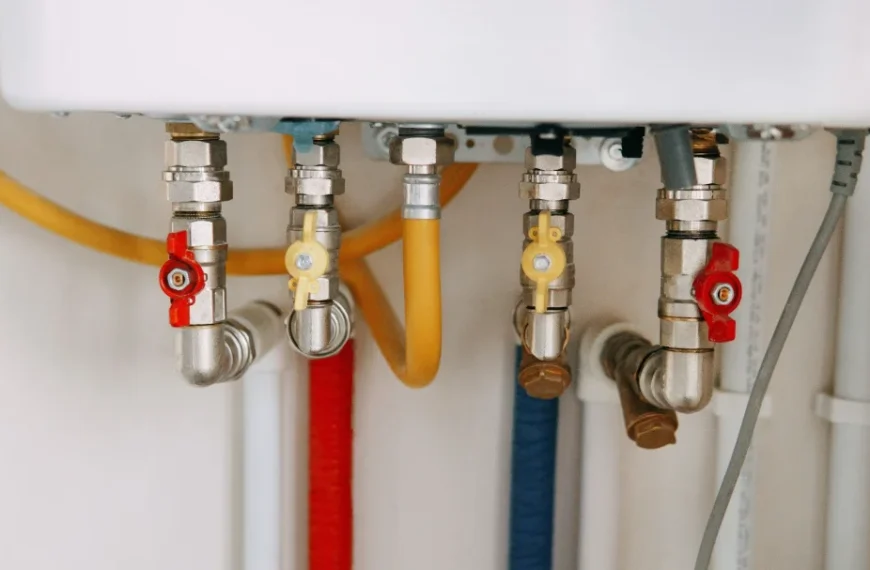When working with volatile organic compounds (VOCs), securing an airtight seal can be the difference between being safe and being vulnerable to contamination risks. With the right monitoring-well plugs, working with VOCs and chemicals ensures that your team can conduct inspections in compliance with Environmental Protection Agency (EPA) standards.
Here’s what you need to know about using monitoring-well plugs:
Why Proper Monitoring- Well Plugs Matter
A monitoring-well plug seals off test sites. When used correctly, it prevents hazardous leaks and environmental damage that can lead to hefty fines. These plugs, together with mechanical pipeline plugs, are invaluable for testing underground water quality or conducting tank inspections, with the right plug making the process safe, effective, and compliant.
Not having the proper seal leads to:
- Contamination – Chemicals may seep into soil and groundwater when a well is poorly sealed.
- Test results may be inaccurate – Unsealed wells can compromise sample integrity, leading to unreliable data.
- EPA fines and legal trouble – Failing to meet regulatory standards can result in hefty penalties or shutdowns.
“A well-sealed monitoring well is the backbone of reliable environmental testing,” says a hydrogeologist with 20 years of experience. “Without it, you’re gambling with contamination and compliance.”
Choosing the Right Monitoring-Well Plug
Not all pipeline plug tools are built the same. The best options are highly subjective. But as a baseline, your plugs of choice should be adaptable, durable, and meet regulatory standards.
Consider the following when selecting a plug:
- Size Compatibility: Plugs should fit pipes ranging from 1 to 8 inches in diameter, with designs that adjust to different pipe schedules.
- Material Strength: A nitrile seal offers flexibility and resistance to chemicals. Meanwhile, a chrome latch ensures easy handling.
- EPA Compliance: Your plugs should meet EPA standards. This means they hold up under regulatory scrutiny.
- Security Features: Consider plugs with brass padlocks and tamper-resistant locking mechanisms, should you need added protection.
Installation Made Simple
The best monitoring-well plugs can be installed with one hand. Be on the lookout for pipeline plug accessories that feature an ergonomic latch and a strong seal, as these can snap into place effortlessly. Even in tight spaces or adverse weather conditions, professionals can install them without struggle.
Common Sealing Issues (And How to Fix Them)
Even with a quality plug, improper installation or environmental conditions can cause issues. Here’s how to troubleshoot common problems:
- Leakage Around the Seal: Ensure the nitrile seal is intact and the plug is properly sized or the well. If leaks persist, upgrade to a tighter-fitting model.
- Difficult Locking Mechanism: Latches can corrode from use-related wear. Apply a rust-resistant lubricant or replace worn-out locks.
- Plug Displacement: Heavy vibrations or shifting soil can loosen a plug. Secure it further with a locking tool and regular inspections.
“A minor leak today can become a major contamination issue tomorrow,” notes an environmental engineer. “Be sure to check your plugs frequently post-installation.”
Keeping Your Plugs in Top Shape
Maintenance is what keeps equipment like monitoring-well plugs reliable. Taking a few steps allows optimal performance while extending your plugs’ lifespan.
Follow these preventative maintenance tips:
- Clean the plug regularly to remove dirt, debris, and chemical buildup.
- Inspect seals for wear and replace any cracked or deteriorating nitrile components.
- Check locking mechanisms for rust or stiffness, applying lubricant as needed.
- Store spare plugs properly to prevent damage when not in use.
EPA Compliance And You: Avoid Costly Mistakes
The EPA sets strict regulations for dealing with hazardous substances and monitoring-well seals. Fines, failed inspections, and potential environmental lawsuits are costly and are potential consequences of non-compliance.
Key Compliance Factors:
- Material Standards: Plugs must be robust. It should also be chemical-resistant and capable of withstanding environmental pressures.
- Tamper-Resistance: Many regulations require locks or security measures to prevent unauthorized access.
- Documentation: A key part of compliance. Be sure to keep records of installation and maintenance of pipeline plugs for inspections.
Essential Tools for Easy Installation
Having the right tools is critical for businesses that want to perform installations and maintenance of monitoring-well plugs seamlessly.
These are Must-Have Accessories:
- Locking Pliers: Securely grip and tighten plugs during installation.
- Rust-Resistant Padlocks: Ensure plugs remain tamper-proof and locked in place.
- Sealing Compound: Extra sealant can be applied for added protection in high-risk environments.
- Inspection Mirrors: Allow for visual checks inside wells without disassembling components.
Looking to buy tools? Invest in quality for better efficiency and accuracy during sealing.
A reliable monitoring-well plug is non-negotiable for water and tank testing. Be sure to choose durability, security, and ease of use when buying plugs so that you can stay safe and compliant. The right plug protects your site, ensures compliance, and preserves environmental safety.









